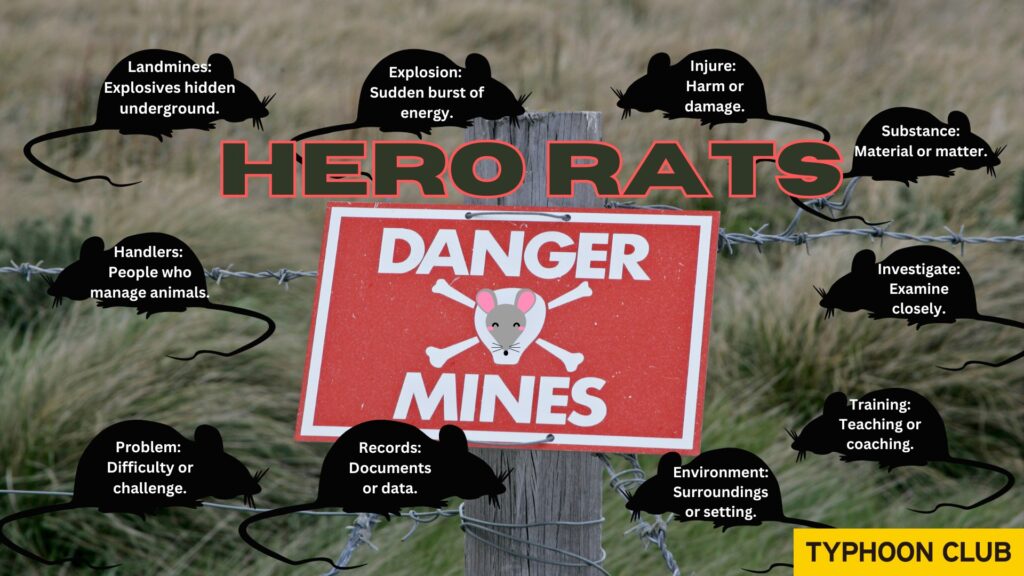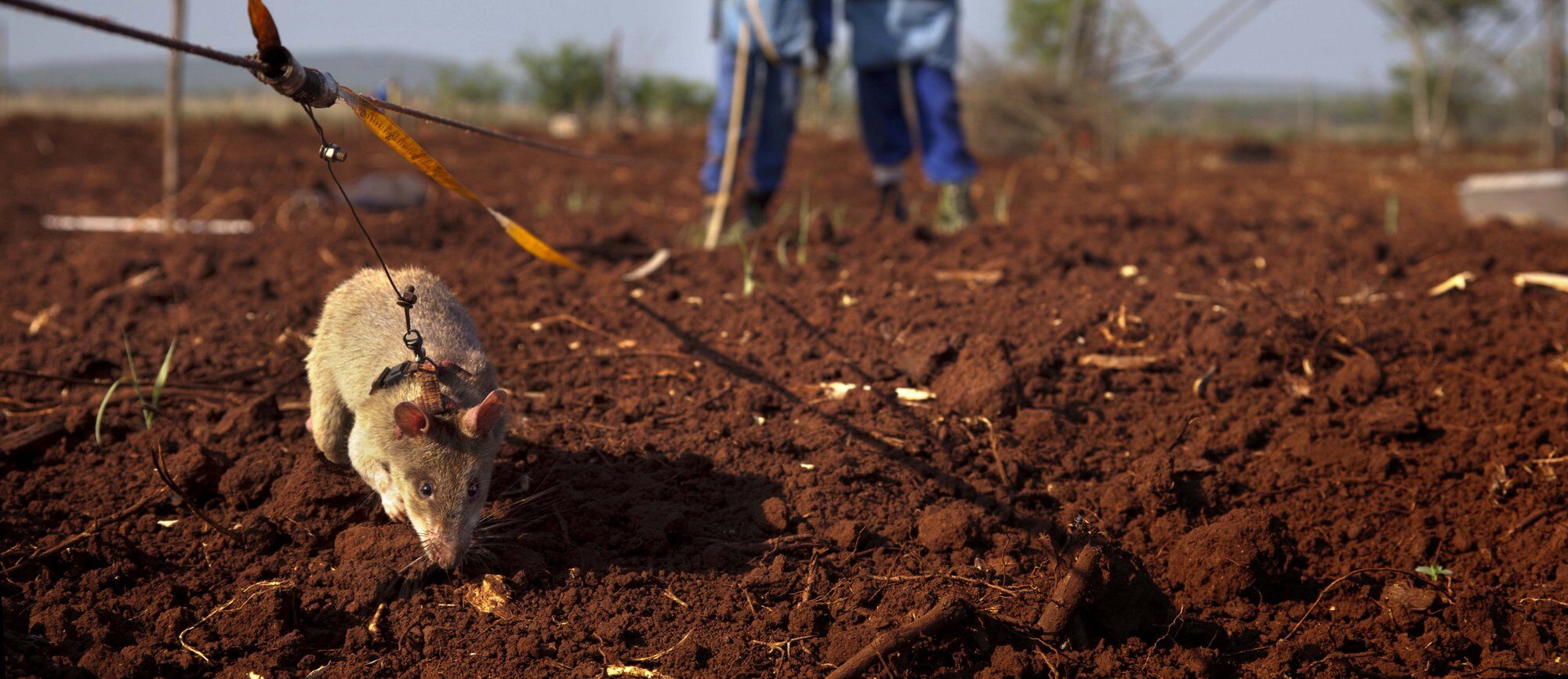
Dangerous buried explosives known as landmines, continue to pose a significant threat even after wars have ended, as their locations often remain unknown. Bart Weetjens, inspired by his fascination with rats and their keen sense of smell, developed a training program to teach African giant pouched rats to detect the TNT used in landmines. Find out if they were successful.
Landmines are small explosives that are buried just below the ground. When someone steps on one, the explosion can seriously injure or kill them. Landmines have been used in many different wars. They present a big problem, especially when war comes to an end. Thousands of landmines may have been buried, but usually, no records show where they are buried. This means that innocent people continue to be injured or killed, sometimes years after a war has come to an end.
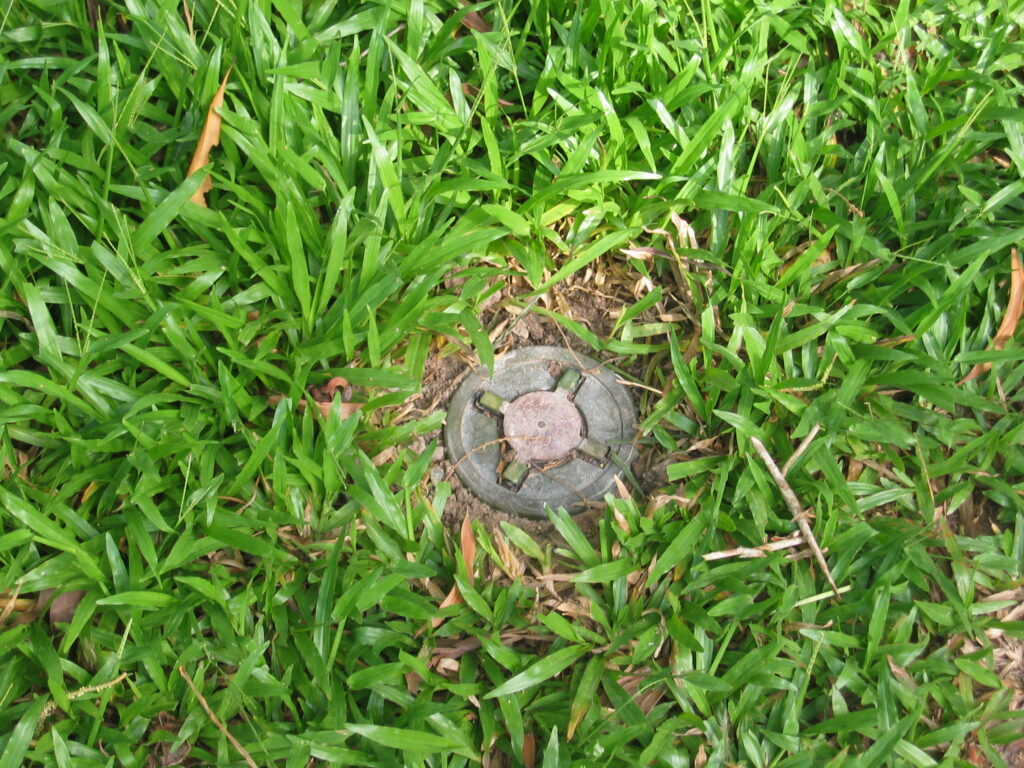
Bart Weetjens is from Belgium, and he became involved with this landmine problem through his charitable work. When he was young, he had been fascinated by rats. He kept lots of them at his home and read as much as he could about them. He knew that rats had an extremely strong sense of smell. He asked himself whether he could train rats to smell a substance known as TNT that is used in landmines. Because a rat is not heavy, it would not set off a landmine, but it could get close enough to smell one? He decided to investigate and then set up a training programme.
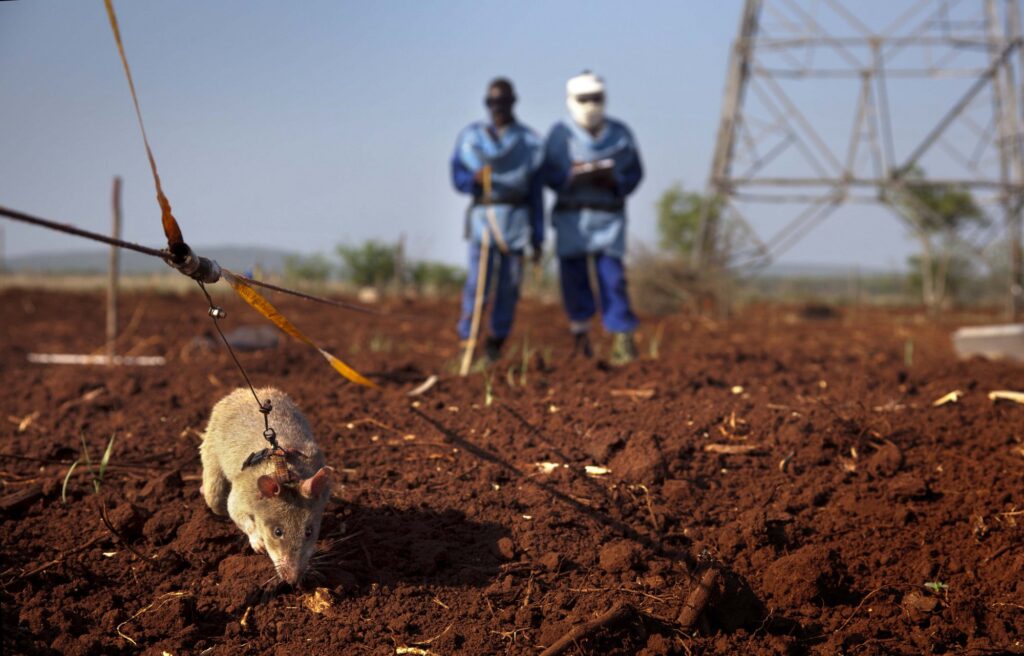
He chose African giant pouched rats for the task. They are well known for being calm and intelligent. Training begins when they are about six weeks old and lasts for nine months. Once trained, one rat can search up to 200 square metres in 20 minutes. The same area would take a human up to four days. Trained rats are known as mine detection rats or MDRs, and they have been working successfully in Cambodia and other countries with landmine problems since 2015.
When working, MDRs wear a harness connected to a rope that is managed by two human handlers. Each rat follows the rope along the ground sniffing for TNT. If the rat smells TNT, it scratches the ground and the handlers take over, usually exploding the bomb within a controlled environment.
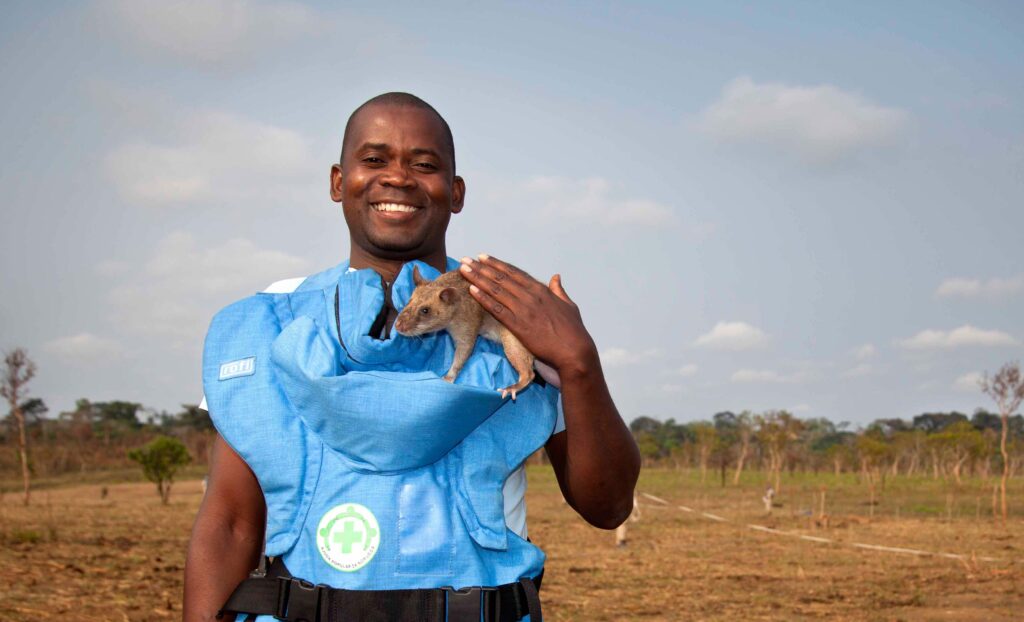
MDRs are looked after extremely well. They are fed an excellent diet, receive regular exercise and are given plenty of attention. They work to strict schedules, receive weekly health checks, and are given time off to play on their wheels in their comfortable cages. Even young rats that are not good enough to complete the training are looked after for the rest of their lives. This can be as long as eight years.
Question:
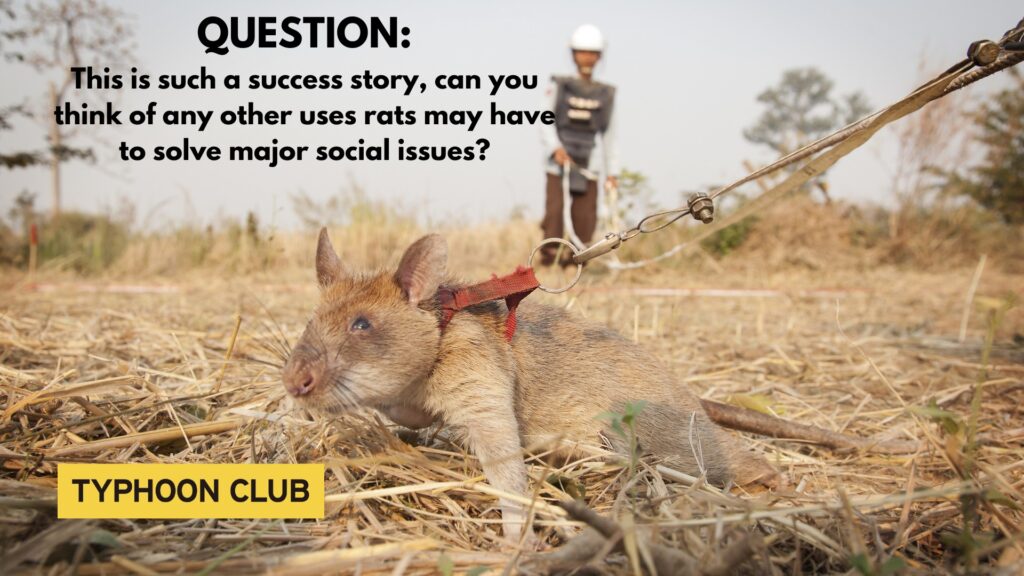
Watch African giant pouched rats in action
VOCABULARY
